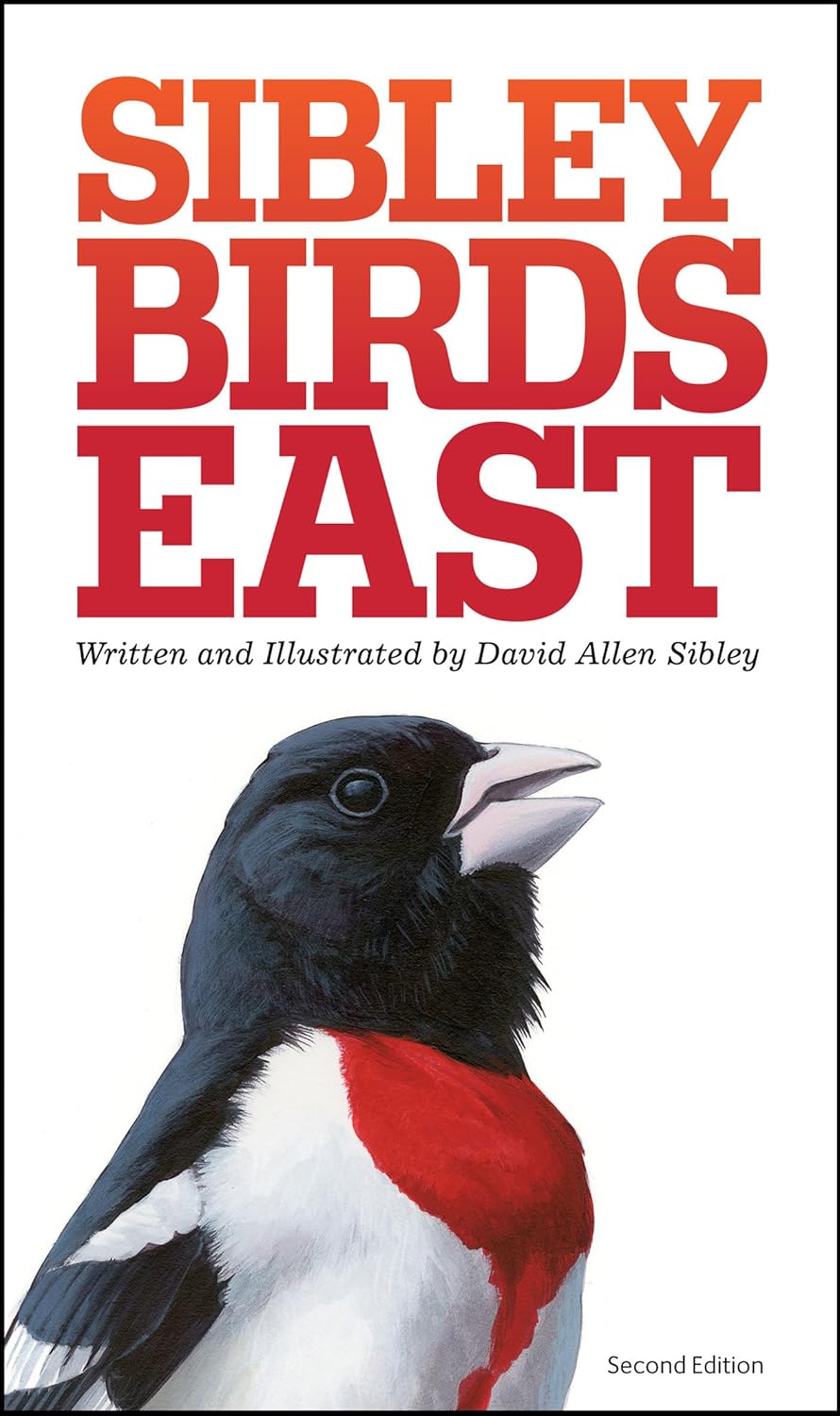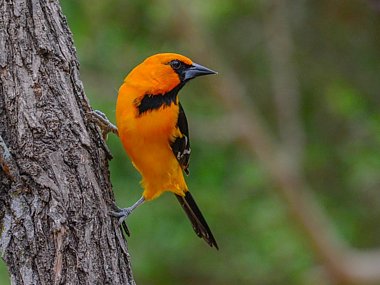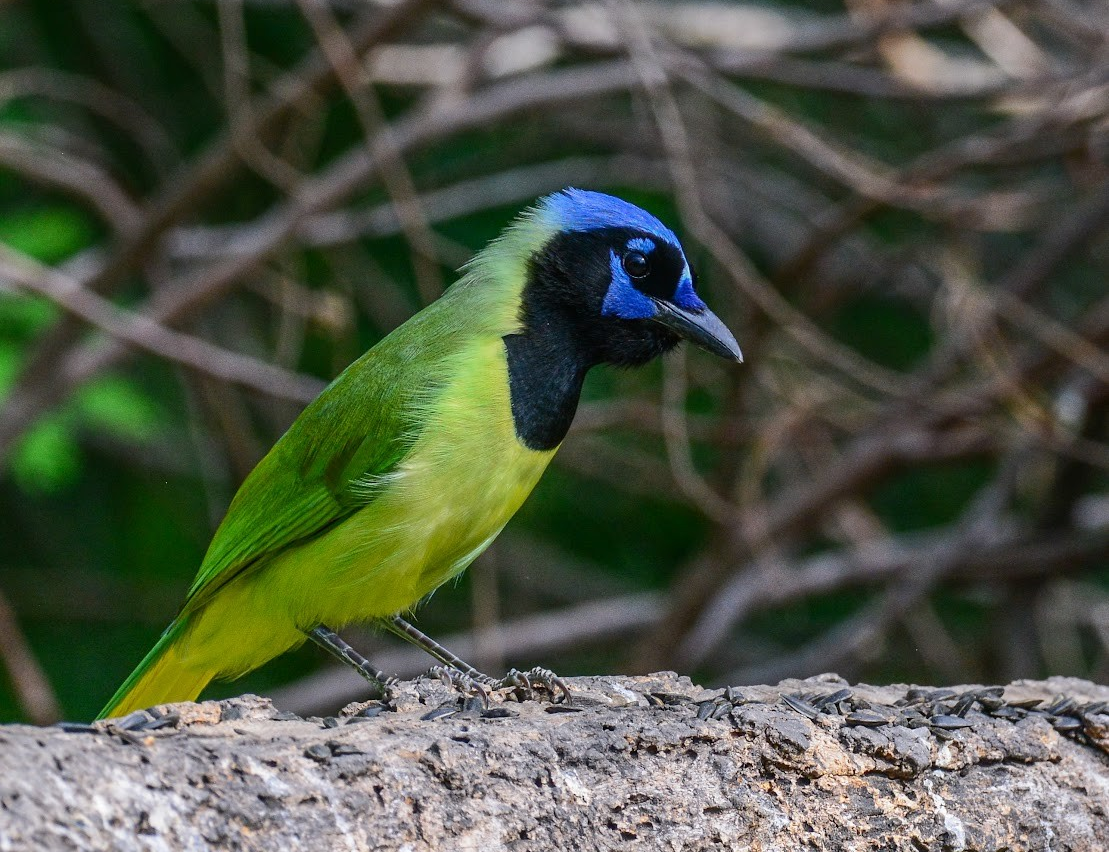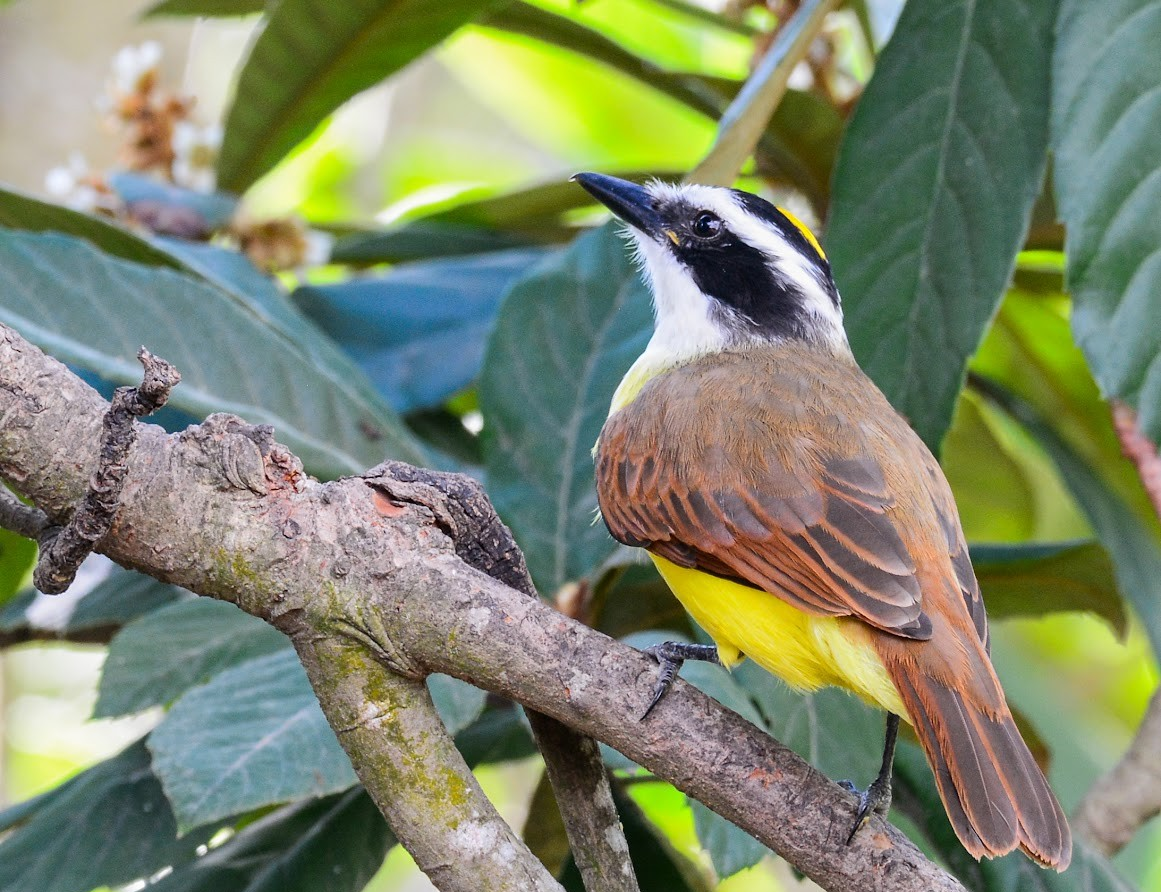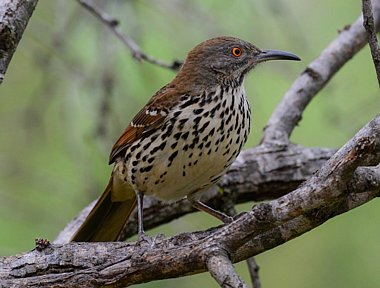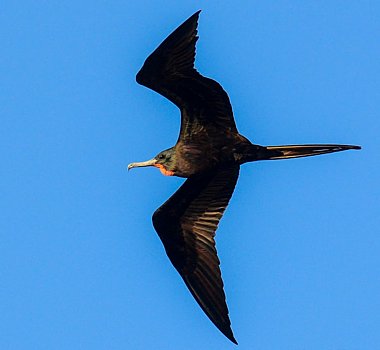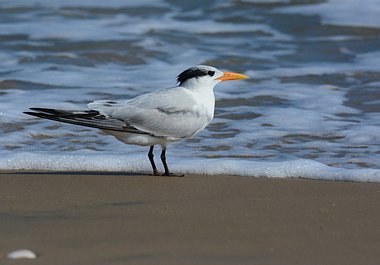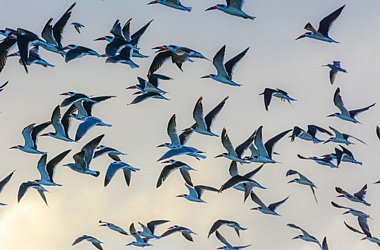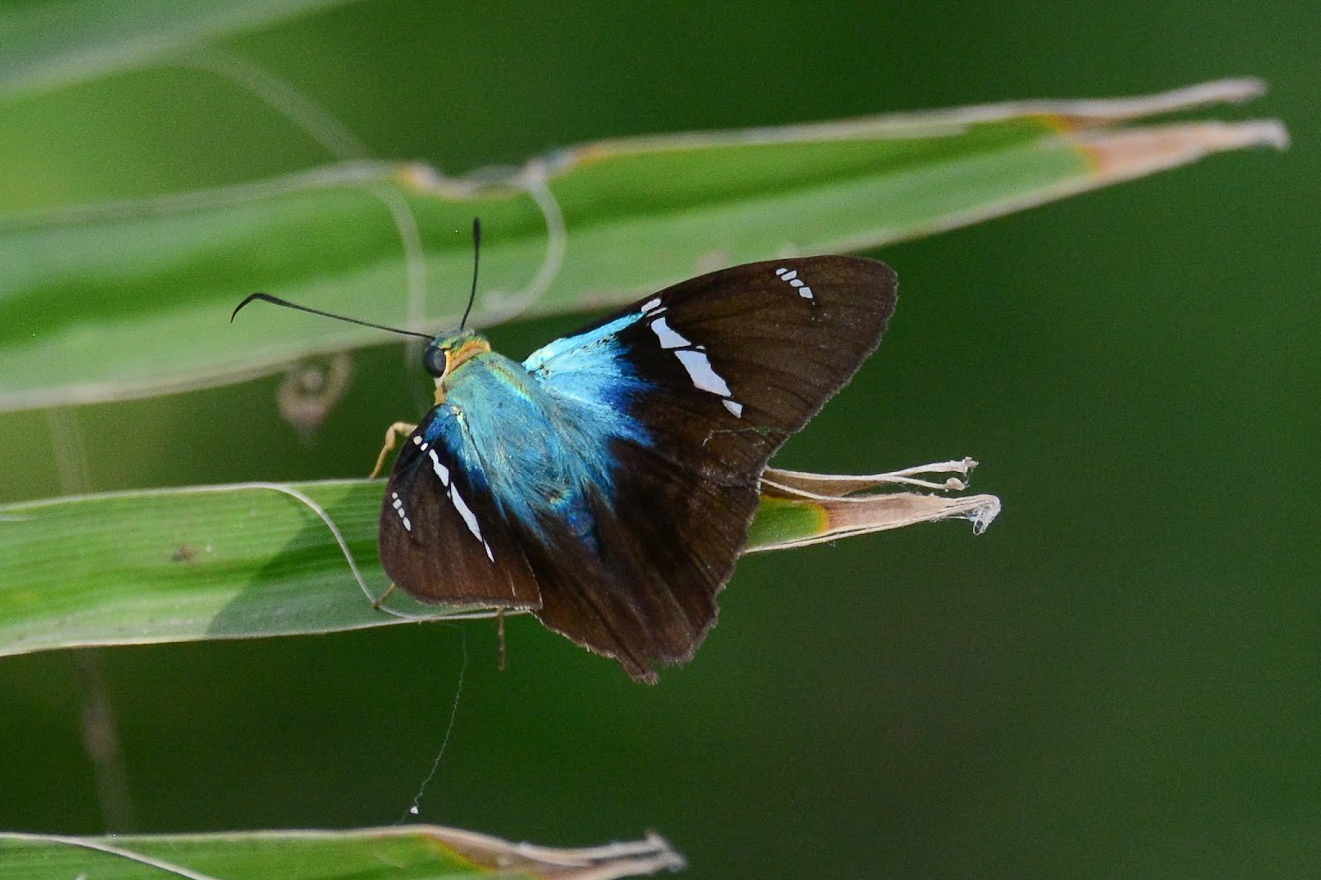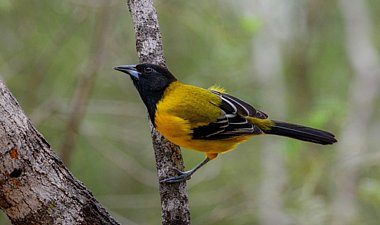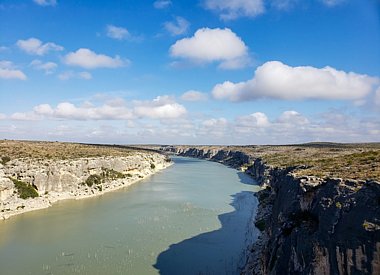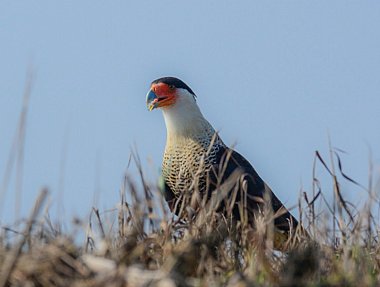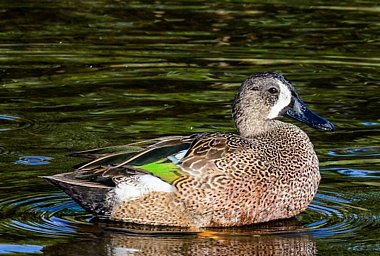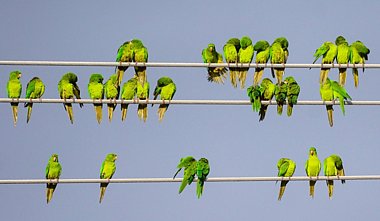NEW! South Texas in Winter
Texas Tropics and birding the Rio Grande Valley!
| Destination | |
|---|---|
| Focus | |
| 2025 Dates | |
| Duration | 12 Days |
| Guides | |
| 2025 Price | £5995 pp £830 single supplement. Deposit £1200 pre-flight airport hotel and lounge are inc. |
| Max Group Size | 12 |
- Free Bird Guide
FREE copy of Sibley Birds East with every room booked on this holiday.
- Tour Info Pack
- Enquire
Texas is the largest state in mainland USA, and contains distinctive flora, fauna, geology, climate and even food, with a total birdlist of approximately 650 species. On this comprehensive tour we visit locations including limestone uplands, dry landscapes with cottonwood trees, desert, coastal lagoons, and river valleys including the fabulous Rio Grande, to see a large range of resident and overwintering birds. Each region could justify a tour of its own, but we link them together on this holiday to show you most of the key habitats and birdlife, with reasonable drive-time between the key places.
South Texas may be the most exotic birding destination in North America. Here, the range of many subtropical species extends just north of the Mexican border, while many birds which breed in northern USA may be found overwintering. Unique habitats such as Tamaulipan Thorn Scrub and lush Sabal Palm groves are home to approx 40 South Texan specialities, including Green Jay, Altamira Oriole, Hook-billed Kite, Golden-fronted Woodpecker, Red-crowned Parrot, Couch’s Kingbird, and Plain Chachalaca. The pace of our journey allows ample time to explore various locations, and we visit a number of sites, including the Laguna Atascosa and Santa Ana National Wildlife Refuges, wetland habitats on South Padre Island that often attract wintering rails, and Estero Llano Grande, Bentsen-Rio Grande, and Falcon State Parks. Many of these areas are legendary among local birders for consistently attracting unique wildlife. Depending on where birds occur, we may add other parks in the region, and we spend a good part of our holiday here, to do justice to the area.
Our boat trip to see Whooping Cranes and other waterbirds at Aransas National Wildlife Refuge is likely to be a highlight of our tour plus, being so close to the Mexican border means that some species usually only found south of the border occasionally venture north to winter in Texas. If the opportunity arises, we might be able to search for any local wintering Mexican rarities.
With a special thanks to Vernie Aikins for the use of his fantastic photographs on this page.
Enjoy your complimentary pre-flight overnight hotel before your holiday begins. Full details from our office! Read more about our Pre-flight Service here!
Day 1: Mon 8 December 2025 - Arrival in Texas
We fly London to Corpus Christi International Airport (via a US transfer airport), arriving late-afternoon. From the airport, we head north to Rockport on the lookout for roadside raptors such as Harris’s Hawk, before checking into our hotel at Fulton where we stay for two nights.
Day 2: Tue 9 December – Aransas Refuge boat trip & birding around Rockport
Texas is one of North America’s top birding destinations, and we begin our tour with a boat trip in the Aransas National Wildlife Refuge. The winter realm of the Whooping Crane, this iconic species is still critically endangered despite a population increase from just 15 birds in the 1940’s to early 20th century to around 700 in the wild today. Our boat trip gives us a good chance to see these special birds, as well as numerous herons, egrets and shorebirds. Long-billed Curlew, American Oystercatcher, Great Northern Diver and Seaside Sparrow are among the other birds which may feature on our first morning.
After lunch we drive north to the Lamar Peninsula and Goose Island State Park, where we really begin to get a feel for the ‘Texas Tropics’. The mixture of habitats including live Oak woodlands, grassland, coastal and freshwater wetlands support a wide variety of species including Brown and American White Pelican, Roseate Spoonbill, Black-bellied Whistling-Duck, Black-crested Titmouse and Long-billed Thrasher. American Alligator is another target, with White-tailed Deer, Peccary and perhaps even a Bobcat possible on this first day.
Day 3: Wed 10 December - Rockport and South Texas Ranchlands
After an early breakfast, we investigate sites in the Rockport area for any new waterfowl and waders before venturing inland to Hazel Bazemore County Park. Valley specialties including White-tipped Dove, Great Kiskadee and Green Jay may feature, with Curve-billed Thrasher and Pyrrhuloxia possible at bird feeders at the King Ranch Visitor Centre, our next destination. On reaching the South Texan ranchlands, we look out for Snow Goose, Sandhill Crane, Harris’s Hawk, Crested Caracara, Vermilion Flycatcher, Cave Swallow and Brewer’s Blackbird as we travel. We stay near Brownsville for the next four nights, the oxbow lakes (formerly channels of the Rio Grande) and other habitats within the hotel grounds good for birding with Least Grebe, Black-bellied Whistling Duck, and Buff-bellied Hummingbird regularly seen.
Day 4: Thurs 11 December - Old Port Isabel Road & Laguna Atascosa NWR
After breakfast, we drive straight to Old Port Isabel Road, where birds may include White-tailed Hawk, Cassin's Sparrow and if lucky Aplomado Falcon - the latter making a comeback in the region due to reintroduction efforts by the Peregrine Fund. The rest of our day will be spent on the western shore of the Laguna Madre, at the Laguna Atascosa National Wildlife Refuge. To date more than 410 species of bird have been recorded here, with Anhinga, Least Bittern, Aplomado Falcon, Green Jay, Long-billed Thrasher and Olive Sparrow among the possibilities. We may also encounter Coyote, Bobcat, Nine-banded Armadillo, Texas Tortoise, or even Ocelot as we explore the roads and trails within this fabulous refuge.
Day 5: Fri 12 December - South Padre Island
Today we visit South Padre Island, where extensive boardwalks around two major reserves offer good access and great birding! Likely are Reddish Egret, Tricolored and Little Blue Heron, Black Skimmer, Brown and American White Pelican plus a range of other waders, terns, and waterfowl. We check the beaches for rare Piping Plover - one of North America’s most threatened waders, the reedbeds for secretive Clapper and Virginia Rail and stands of Black Mangrove for ‘Mangrove’ Yellow Warbler. With its release centre, the island is a stronghold for American Alligator. Wetlands on our way back to the hotel give chances of Wilson’s Plover, Gull-billed Tern and others, and we aim to be back in good time to birdwatch around the grounds before dinner.
Day 6: Sat 13 December - Brownsville
With key birding sites (and some lesser-known ones) close to our Brownsville base, we spend the day trying to see as many unseen regional specialities as possible. The Sabal Palm Sanctuary, following recent land management work has become an outstanding place for a wide variety of wildlife. We look for valley birds here, including Altamira and Hooded Oriole while attractive butterflies such as Mexican Blue and Zebra Heliconia and reptiles including endangered Speckled Racer are also possible. Tamaulipas Crow is another (difficult) target at a landfill site, and from roadside birding stops along the Boca Chica TX-4 highway to the Gulf of Mexico, we look for raptors in open ground, and waders and herons on the tidal flats. Regular birds at the University of Texas campus include Green and Ringed Kingfisher and Black Phoebe with chances of a wintering Common Black Hawk in recent years. Our final stop will be at Oliveira Park, the site of the largest parrot roost in Texas with as many as 300 individuals coming in as dusk falls. Red-crowned Parrot is the most numerous with Red-lored, White-fronted, Yellow-headed and Lilac-crowned Parrot all possible too.
Day 7: Sun 14 December - Santa Ana NWR & Estero Llano Grande State Park
Leaving Brownsville, we head to Santa Ana National Wildlife Refuge, which protects 2,000 acres in the heart of the Rio Grande Valley Wildlife Corridor. One of the oldest reserves in the Rio Grande valley, extensive trails give good access to wetland, field, and Tamaulipan thorn-scrub habitats. And with over 300 bird species recorded, new birds may include White and White-faced Ibis, Neotropic Cormorant, Sora, Gray Hawk, Hook-billed Kite, Couch’s Kingbird and diminutive Northern Beardless-Tyrannulet. By contrast, Estero Llano Grande State Park in Weslaco is one of the newer reserves, though having already accumulated a bird list as impressive as Santa Ana, it has a rapidly growing reputation among birders! Likely are Cinnamon Teal, Fulvous Whistling Duck, Yellow-crowned Night-Heron, Common Pauraque, Green Kingfisher, Yellow-headed Blackbird, Clay-coloured Thrush and plenty more before we travel west to Alamo, where we stay for three nights.
Day 8: Mon 15 December - West Along the Rio Grande
Loosely following the Rio Grande River onto higher, arid plateaus to the west, we pass through Rio Grande City and the inland port of Roma. Desert birds including Verdin, Cactus Wren, Black-throated Sparrow, Black-tailed Gnatcatcher, Bewick’s Wren and Pyrrhuloxia are all likely, and we try for Red-billed Pigeon and Muscovy Duck at a few sites. Well stocked feeding stations give us chances of Altamira and Audubon’s Oriole, while White-collared Seedeater is a scarce bird we may get lucky with in cane beds along the river. Other fabled sites to the west include the 573-acre Falcon State Park and Rancho Lomitas, desert scrub species such including Greater Roadrunner, Curve-billed Thrasher, Northern Bobwhite and Scaled Quail our principal (though rarely easy) targets.
Day 9: Tue 16 December - Bentsen-Rio Grande Valley State Park
The Bentsen-Rio Grande Valley State Park offers chances to see or gain improved views of most of the South Texan specialities. Plain Chachalaca, Altamira Oriole, White-tipped Dove, Green Jay, Golden-fronted Woodpecker, Northern Beardless-Tyrannulet, Clay-coloured Thrush, and Great Kiskadee all occur, and we also plan to visit the gardens at the North American Butterfly Association’s (NABA) National Butterfly Centre too. During its short existence this site has already produced a huge number of butterfly species, including several first U.S. records.
Day 10: Wed 17 December - McAllen and Edinburg Scenic Wetlands
Our last full day and at nearby Quinta Mazatlan, the desert oasis is perfectly landscaped to attract regulars such as Buff-bellied Hummingbird, to rarities like Crimson-collared Grosbeak. This 20-acre Tamaulipan Thornforest property is a protected World Birding Centre (WBC) organization site as are the Edinburg Scenic Wetlands, where two major ponds attract good numbers of ducks, waders and all three kingfisher species. The extensive native-plant gardens are a haven for wintering North American Wood-warblers, and the feeders attract hummingbirds. In the evening, we target Green and Monk Parakeet at their respective evening roost sites, two lovely species with which to finish our tour.
Day 11: Thurs 18 December - Departure
Depending on flight times, there may be chance for some morning birding outing before transferring to McAllen Miller International Airport. We travel back to the UK overnight, arriving on Fri 19 December (Day 12).
Please note: all itineraries are given as a guide only. Actual holiday content may vary according to the judgement of your guide, and elements beyond our control (eg weather).
What's included in your holiday price:
- return scheduled flight from London – Corpus Christi - McAllen Miller - London (via a US transfer airport) . Airport taxes, transfers to and from airports (where appropriate).
- ground transportation as outlined in a modern and spacious air-conditioned vehicle.
- any boat trip and reserve entrance fees.
- accommodation and all meals (as specified), including breakfast, lunch and dinner.
- the services of your leaders.
- The Heatherlea Pre-Flight Service offers everything you need at the airport, including hotels, car parking, airport lounges, regional flights, and upgrades. Let Heatherlea take the strain! Pre-flight airport hotel and lounge included free of charge subject to terms and conditions. Read more.
Free Field Guide! ‘Sibley Birds East' by David Allen Sibley is included in your holiday price. One copy per room booked.
What's not included in your holiday price:
- personal insurance, drinks and other personal expenses, ESTA costs where necessary, optional tips to the local guide, hotel/restaurant staff, and any other costs not specified as 'included'.
More holiday information
Accommodation is in comfortable hotels and lodges throughout. All accommodation is en-suite.
Food Famous for its 'Tex-Mex' cuisine, many regional specialities exist in Texas. We visit bistro-style restaurants and the Texan BBQ is special! We hope to enjoyable regional food, try sweet potato pie, gumbo, fresh fish while vegetarian and other diets are all welcome.
Walking is generally light/moderate. An average level of fitness is required.
Weather will be warm but not too humid. Rain is possible.
Insects Chiggers, mosquitoes, and ticks can be a problem, a good insect repellent is strongly recommended.
Group size is restricted to 12 clients maximum.
Flights are by scheduled airline, from London. We may be able to offer flight arrangements from another airport and/or or quote without flights so you can make your own arrangements. If you wish to add an extension either before or after your holiday, please contact us and we will be happy to arrange this for you.
Other birding and wildlife holidays in USA
Why choose Heatherlea for your birding and wildlife holiday in the Americas?
Our overseas holidays are planned with care to offer great birding and wildlife, led by capable Leaders who really look after you. Every holiday is run the 'Heatherlea Way', and we hope our Overseas Adventures remind you of the quality and care so many of you enjoy in Scotland. That means rewarding and exciting days in the field, and good quality accommodation and meals, with a real flavour of the country we are visiting. Heatherlea always seek to include the personal touches that make all the difference.
Heatherlea holidays are not ‘dawn to dusk’ expeditions. Our less-intensive approach is ideal for those who want to relax whilst experiencing the best wildlife watching, and wherever possible we organise early or late activity on an optional basis. We also take sensible breaks when in very hot places and regular comfort breaks on every holiday whenever possible. All itineraries are planned carefully around the best wildlife opportunities, and you won’t miss out on memorable wildlife, whilst enjoying relaxed, informal days that are great fun.
The really important part of any wildlife holiday is the experience for you, our valued customer. Heatherlea invest in many things to offer you the best possible service;
- We have been organising birding and wildlife holidays for over 30 seasons, and have a highly experienced and capable office team. We also offer a telephone and email service outside normal office hours.
- Heatherlea overseas holidays have a maximum of 12 clients per trip, putting the emphasis on personal service, and helping you get the best possible experience.
- Our holidays often include things which others might invite you to pay yourself, for instance Departure Taxes and tips to hotels.
- All elements of our holidays are sold under our own licence, ATOL 6113. Under ‘Flight-Plus’ legislation it is a legal requirement of any tour operator to hold an ATOL licence for the supply of any overseas holiday where a flight is involved, if that holiday includes either overseas accommodation and/or car hire. It can be a criminal offence for an operator to book flights as part of a package without an ATOL licence. Heatherlea also hold full Tour Operator Insurance for your added protection.
- Heatherlea is your complete wildlife holiday provider. Our ‘Back Office’ team can organise all your pre-flight and other travel needs. Our specialists will help you book the right services, at the best price. Book holiday extensions through us, and your ATOL protection is extended further. We don’t charge extra for this service.
- Heatherlea is a limited company, registered in Scotland, and registered to pay VAT (applies to all holidays within the European Union).
Trip Reports
Coming Soon
- Free Bird Guide
FREE copy of Sibley Birds East with every room booked on this holiday.
- Tour Info Pack
- Enquire

